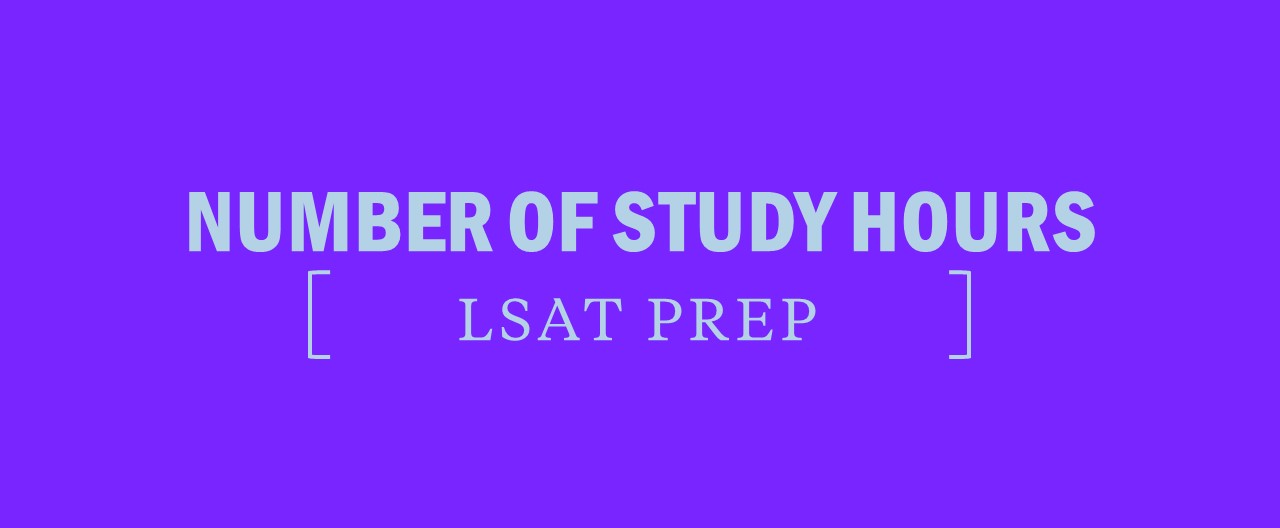How to Make Deductions on LSAT Logic Games
When we hear the words “deductive reasoning” and “logic”, the LSAT immediately comes to mind. Five major types of deductions for the LSAT Logic Games make up the BLEND method for deductions.
Blocs of Entities
When one or more entities in an LSAT Logic Game work together, there is a huge opportunity to make a deduction. A go-to rule that Sherlock would certainly espouse? The bigger the bloc, the less places it can go! Look to expand entity blocs by looking at our last type of deduction, duplicated entities in rules. The more specific and concrete the bloc is, the easier it is to use as well; for example, if we know that F is somewhere before G, but have no information about how much space is between them, we get less concrete information to actually apply to our sketch than a rule like “X places ahead of Y with exactly one person between them”: X _ Y. One of the most powerful deductions we can get from a really large, solid bloc of entities is…
Limited Options
Limited options should be the Irene Adler to your LSAT Sherlock; while sketching out your logic game and going through the rules, limited options should be calling to you (especially since they have been recently showing up more and more often). Unlike Irene, you should never let this deduction get away. Limited options refer to games in which the action is limited to two (or occasionally three) specific, distinct options. For example: if that X _ Y bloc that we talked about above could only fit in two different places in a sequencing game, you should draw out two sketches showing both options. You then will take the rest of the rules through each option (and it is not uncommon to see one option significantly more filled out than the other). There are a number of different ways limited options come to pass: sometimes through the numbers or arithmetic of the game, sometimes through blocs. But always keep in mind: it’s only worth it to pursue limited options if 1) the two actions are actually two distinct actions (not, for instance, “X can be in slot 1 or not in slot 1″ is one distinct action, and… lots of possibilities), and 2) the actions affect more than one entity (a rule saying X is in slot 1 or slot 2 definitely has two distinct actions, but does not affect enough entities to make drawing two sketches worthwhile– unless you can look at other rules for more effects).
Established Entities
Established entities are entities that are firmly (as Sherlock so aptly demonstrates here) put into place; if a rule tells us B is in slot 4, B is now established. By themselves, established entities just sit in their spots. They are useful for deductions because they stop entity blocs from going just anywhere! Anytime you can staple an entity into place, celebrate by seeing how that entity’s placement affects the other entities and rules around it, especially if you have a large entity bloc– a great place for (you guessed it!) limited options.
Numbers
Numbers are something that many LSAT students shy away from, since so many of us come from math-lite backgrounds. But fear not! Like Sherlock, we can never overlook a possible deduction out of fear or confusion. LSAT Logic Games math is, frankly, pretty simple; if you know how to count to ten, you can figure out any arithmetic necessary on this test. All you need to do is translate abstract arithmetic rules (we can see wording like “G had twice as many team members as H”) into concrete rules: ask yourself how many entities there actually are, then run the numbers to see which possibilities are actually workable with the entities we have. Always get your numbers straight, especially in grouping games! Figuring out minimums and maximums in different groups will always help you when you get to the questions.
Finally, duplications… duplications are sort of the Watson of the bunch, because they are the solid base that all of these different deduction processes rely upon often enough. Duplications are simply referring to any entities that recur in more than one rule. Gather those pieces together and see what else must be true! This can lead you to any of the above types of deductions, as well as formal logic chains! Always note any duplications, every time.




